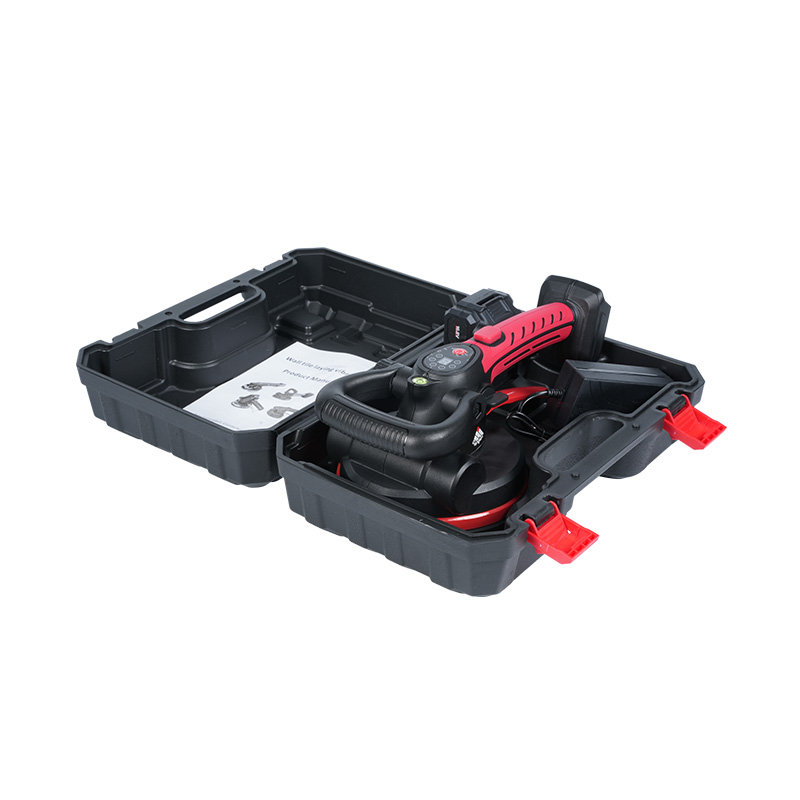
A tile vibrating paver is an important tool in the construction and landscaping industries, especially when it comes to installing tile pavements efficiently and with lasting quality. This specialized equipment combines vibration technology with paving functions to enhance the compaction and stability of tiles during installation. Understanding how a tile vibrating paver improves pavement quality helps contractors and project managers make informed decisions about using the right machinery for their work.
One of the main ways a tile vibrating paver improves pavement quality is through enhanced compaction. When tiles are laid on a substrate like sand or gravel, proper compaction ensures that the base is firm and uniform. The vibration mechanism in the paver causes particles in the base layer to settle more tightly together. This reduces voids and air pockets, which might otherwise lead to uneven surfaces or tile shifting over time. By providing consistent compaction, the tile vibrating paver creates a stable foundation that supports the tiles evenly.
Another advantage of the tile vibrating paver is its ability to improve the bonding between the tiles and the base. Vibration helps the tiles settle firmly into the bedding material, increasing contact and adhesion. This reduces the chances of tiles loosening or lifting, which is a common issue in traditional paving methods that rely solely on manual pressing or rolling. Better adhesion also helps prevent water infiltration under the tiles, reducing the risk of damage caused by frost or erosion.
The use of a tile vibrating paver also contributes to uniform surface leveling. During tile installation, maintaining a flat and even surface is critical for both aesthetics and safety. The vibration process helps tiles adjust slightly as they are laid, filling in small gaps and aligning them better with adjacent tiles. This minimizes height differences that can cause trip hazards or water pooling. A more uniform surface also simplifies finishing work and enhances the overall appearance of the pavement.
Efficiency is another factor where a tile vibrating paver impacts pavement quality positively. Manual compaction and alignment of tiles can be labor-intensive and inconsistent. The mechanized vibration allows for quicker installation without sacrificing quality, which can be especially beneficial on large projects or commercial sites. Faster installation times reduce labor costs and minimize disruption, while still delivering a durable pavement structure.
Durability is closely linked to the improved compaction and bonding achieved by using a tile vibrating paver. Well-compacted and firmly set tiles are less prone to cracking, shifting, or settling unevenly over time. This extends the lifespan of the pavement and reduces maintenance needs. A tile vibrating paver helps ensure that the investment in materials and labor results in a reliable and long-lasting surface.
The tile vibrating paver can adapt to different tile sizes and types. Whether the project involves concrete, stone, or ceramic tiles, the vibration intensity and paving speed can be adjusted to match specific requirements. This flexibility ensures that the paving process is optimized for the materials used, which in turn improves the final quality of the pavement.
A tile vibrating paver improves pavement quality by enhancing base compaction, increasing tile adhesion, promoting surface uniformity, boosting installation efficiency, and contributing to long-term durability. Its ability to adapt to various tile materials adds to its value on a range of projects. For contractors focused on producing strong, stable, and attractive tile pavements, incorporating a tile vibrating paver into their workflow offers clear benefits that help achieve consistent and satisfactory results.


 English
English русский
русский Español
Español italiano
italiano